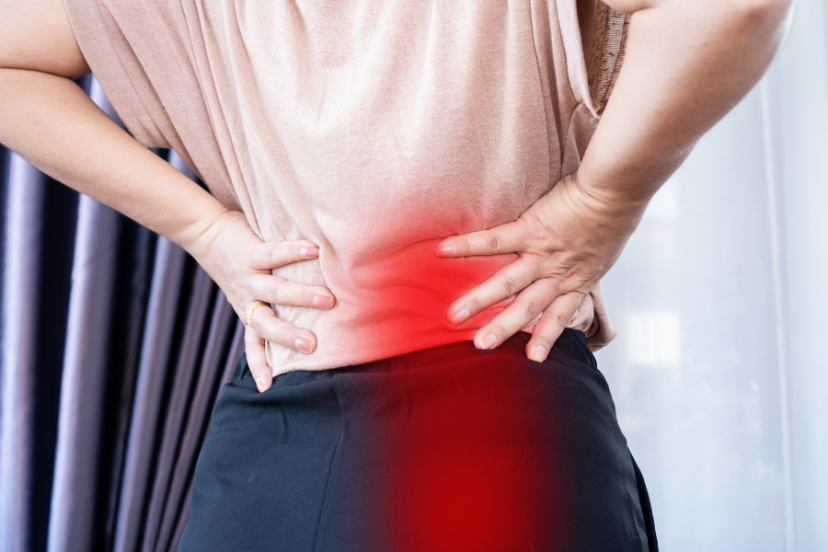Is Osteoporosis Painful? Unveiling the Truth about Bone Health
Introduction
Welcome to our information hub, where we unravel the mysteries surrounding osteoporosis and address the burning question: Is osteoporosis painful? Buckle up as we embark on a journey through bone health, exploring the nuances of osteoporosis, its impact on daily life, and the pivotal query of pain.
What is Osteoporosis?
Osteoporosis, often dubbed the “silent disease,” is a condition where bones become brittle and fragile due to loss of tissue. Imagine your bones as a bustling construction site, constantly rebuilding. In osteoporosis, this construction slows down, leading to weakened bones susceptible to fractures.
Is Osteoporosis Painful?
You might be wondering, is osteoporosis painful? The answer is nuanced. Initially, osteoporosis may go unnoticed, but as it progresses, fractures can cause pain. These fractures, especially in the spine and hip, can be not just physically but emotionally taxing. The pain is a silent companion, whispering its presence through every movement.
The Unseen Agony: Understanding Bone Fractures
Fractures and Pain
Fractures resulting from osteoporosis can indeed be painful. A minor fall or even a simple task like bending over can lead to fractures in weakened bones. The pain varies, from a dull ache to sharp, intense bursts, significantly impacting one’s quality of life.
The Vicious Cycle
Osteoporosis-related fractures create a vicious cycle. The pain may limit mobility, reducing physical activity, which further weakens bones, increasing the risk of more fractures. Breaking free from this cycle requires not just addressing the pain but also focusing on bone health.
Factors Influencing Osteoporotic Pain
Age and Pain
As age advances, bone density tends to decrease, making the elderly more prone to osteoporosis-related pain. However, it’s not exclusive to the elderly, as lifestyle factors play a pivotal role in bone health at any age.
Gender Disparities
Women are more susceptible to osteoporosis, especially post-menopause. Hormonal changes during menopause contribute to bone loss, highlighting the importance of preventive measures.
Prevention and Pain Management
Building Strong Foundations
Preventing osteoporosis involves building strong bone foundations early on. Adequate calcium intake, regular exercise, and a healthy lifestyle play crucial roles in maintaining bone health.
Pain Management Strategies
Addressing osteoporosis-related pain requires a multi-faceted approach. Medications, physical therapy, and lifestyle modifications can significantly improve the quality of life for individuals dealing with this condition.
Frequently Asked Questions (FAQs)
1. Is osteoporosis only prevalent in older adults?
No, while it is more common in the elderly, osteoporosis can affect individuals of all ages. Lifestyle choices and genetic factors play a role in its onset.
2. Can osteoporosis be completely cured?
Unfortunately, there’s no cure for osteoporosis, but its progression can be slowed, and fractures can be prevented with proper management.
3. How does diet affect osteoporosis?
A diet rich in calcium and vitamin D is essential for bone health. Lack of these nutrients can contribute to the development of osteoporosis.
4. Are there visible signs of osteoporosis?
In the early stages, osteoporosis often shows no symptoms. It becomes apparent when fractures occur, highlighting the importance of preventive measures.
5. Does exercise help with osteoporosis-related pain?
Yes, weight-bearing exercises can improve bone density and reduce the risk of fractures, ultimately alleviating osteoporosis-related pain.
6. Can osteoporosis affect men as well?
Yes, though less common, men can also develop osteoporosis. It’s crucial for everyone to prioritize bone health.
Conclusion: Navigating the Path to Bone Health
In conclusion, is osteoporosis painful? The answer lies in the individual experience, but one cannot ignore the potential for pain as this condition progresses. However, with awareness, preventive measures, and effective management strategies, one can mitigate the impact of osteoporosis on daily life. Let’s prioritize our bone health and break free from the shackles of silent suffering. After all, a strong foundation leads to a resilient life.




